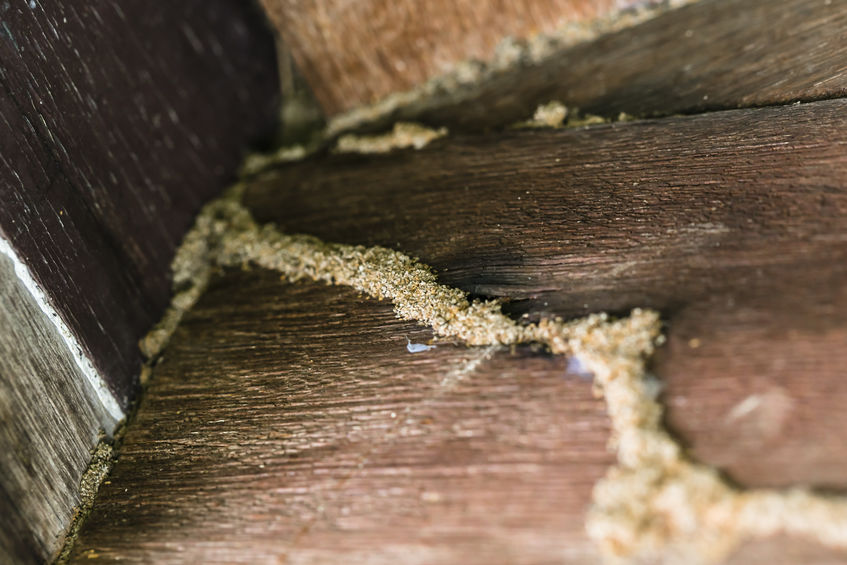While hurricanes may not be as common along the northeastern coast as they are along the Gulf Coast, the northeast is certainly a hurricane-prone geographic region that sees its fair share of hurricanes, flooding, and the devastation that results. Between 1851 and 2019, six Gulf Coast states, as well as North and South Carolina, saw the greatest number of hurricane touchdowns. After these eight states, New York and Massachusetts saw the greatest number of hurricane touchdowns, with Hurricane Sandy and Hurricane Irene being the last major storms to hit the two states. Unfortunately, it is now understood that destructive hurricanes may ultimately lead to an increase in subterranean termite infestations.
Termite-related property damage falls somewhere between three and seven billion dollars annually, which makes the pests more destructive than tornadoes, floods, and fires combined. The most economically costly termite pest in the country is commonly known as the eastern subterranean termite (Reticulitermes flavipes), and it’s prevalent in all eastern states where hurricanes frequently occur.
Eastern subterranean termites live in colonies below the ground where workers tunnel through soil in search of food in the form of moist and decayed wood like logs, fallen branches, dead parts of trees, and stumps. Occasionally, subterranean termite workers build vertical “mud tubes” up the foundation walls of homes in order to infest moist above ground structural wood. Naturally, the massive amount of damp structural wood debris and downed trees that litter the ground in the aftermath of hurricanes is a welcome surprise for subterranean termites.
Due to their heavy dependence on moisture, subterranean termites remain within moist soil where the relative humidity is between 97 and 100 percent. Workers only infest moist lumber, and they readily infest moist lumber that covers the ground after hurricane touchdowns. This may not seem like a big deal, but in the aftermath of hurricanes, large amounts of lumber scraps are collected and redistributed to the public within and outside of the state, and much of this repurposed lumber is infested with subterranean termites.
These second hand lumber scraps are quickly snatched up and used for home renovation projects, flower beds, landscaping materials, crude ground dams, and even for mulch on residential yards. This practice may see disaster zones cleared of debris quickly and conveniently, but it also spreads subterranean termites to numerous properties where they are likely to infest structures. Infested lumber debris collected and redistributed throughout the southeast in the aftermath of Hurricane Katrina introduced non-native termite species to states where the pests had previously been absent. Experts worry that a similar event could occur in the northeast, as the region is hurricane prone, and highly populated with subterranean termites, particularly within and around forested areas.
Do you believe that subterranean termite pest issues will increase in the aftermath of future hurricanes that are projected to be more violent due to climate change?

